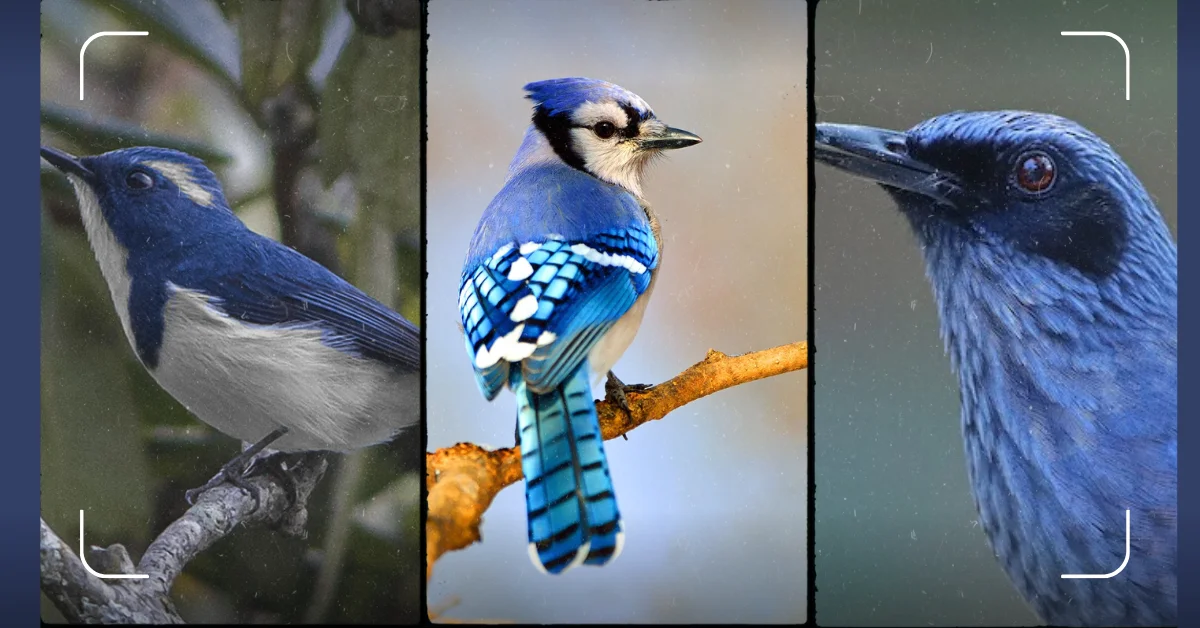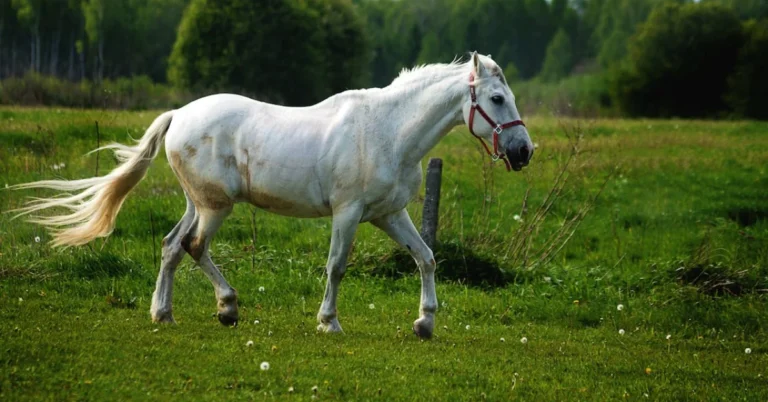With their dazzling shades of cerulean, cobalt, and sapphire, and relate types of blue birds captivate bird lovers across the globe. But beyond their striking colors lies intricate diversity – variations in size, behavior, habitat, and more distinguish distinct species across the bluebird family.
In this article, we showcase the top 15 types of blue birds, highlighting key identification features, distribution patterns, ecological roles, and conservation needs. As we delve into differences spanning tropical kingfishers to high-altitude pipits, an appreciation of the complexity and interconnectedness of life emerges. We discover the many evolutionary paths that produced similar vibrant hues, each adapted to a particular environmental niche.
Celebrating subtle distinctions reveals the intricacy of nature’s canvas. We begin in familiar North American forests before traversing the continents to marvel at exotic gems in remote mountain chains and steamy rainforests. Let’s explore extravagant mating rituals, acrobatic flight maneuvers, and melodious calls that distinguish the various bluebird taxa. Whether common backyard visitors or rare tropical endemics, this journey offers intriguing insights into the diversity of our avian world.
Familiar Azure Beauties of North America
Several iconic and beloved bluebird eat species grace the diverse ecosystems of North America. From eastern meadows to western mountain chains, let’s survey some local favorites:
1. Eastern Bluebird

With males flaunting vivid sky-blue plumage and females dressed in more muted gray-blue tones, the Eastern Bluebird, much like hummingbirds fly, is a familiar and welcomed sight across North America. Preferring open habitats interspersed with trees like meadows, farmlands, and orchards, they readily nest in provided bird boxes. Their warbling songs and hovering flight displays make them a backyard favorite.
2. Western Bluebird

Cousin to the Eastern Bluebird, the brilliant azure hues of the Western Bluebird span both sexes, extending across their bellies. Found west of the Rocky Mountains all along the Pacific Coast into Mexico, they inhabit open pine forests, broken woodlands, and scrublands. Their preference for nesting in tree cavities, along with a heated bird bath, gives bird-box enthusiasts a chance to attract these beauties.
3. Mountain Bluebird

This aptly named species truly symbolizes the high mountain realms of the North American West. While males live up to their moniker with sky-blue plumage, females blend alluring shades of blue-gray. Found in alpine meadows and open parklands of the Rockies and Sierra Mountains, nesting in crevices amid stunning backdrops, they lay striking blue bird eggs. They spend winters in the valleys and plains.
4. Blue Jay

With its crest-raised profile and striking patterns of azure, white, and black, the Blue Jay is an unmistakable and lively presence across North American forests. Its Chomsky calls and bold antics, like mimicking hawks, showcase its intelligence. Though considered bullies at bird feeders, blue jays serve vital ecological roles in distributing seeds and nuts.
5. Blue Grosbeak
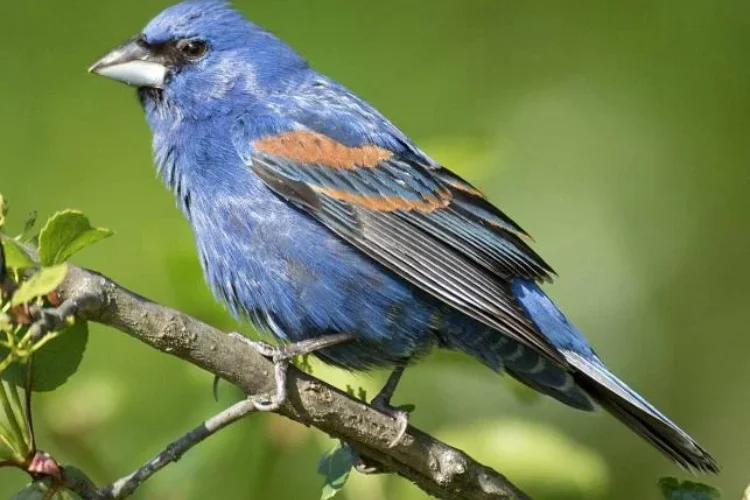
Inhabiting shrublands and overgrown fields of eastern and central North America, male Blue Grosbeaks embody their name in rich shades of indigo contrasted by cinnamon wing bars. The elegant females and young birds wear far more subdued brown and white plumage with just dashes of blue. The grosbeak’s thick conical bill gives away its fondness for seeds and grain.
Dazzling Tropical Treasures
The latitudes between the Tropics of Cancer and Capricorn host an astonishing array of avian life, including some of the world’s most radiant bluebirds. The steamy rainforests and islands of Central / South America, Southeast Asia, and Australia are home to these exotic jewels.
1. Azure Kingfisher
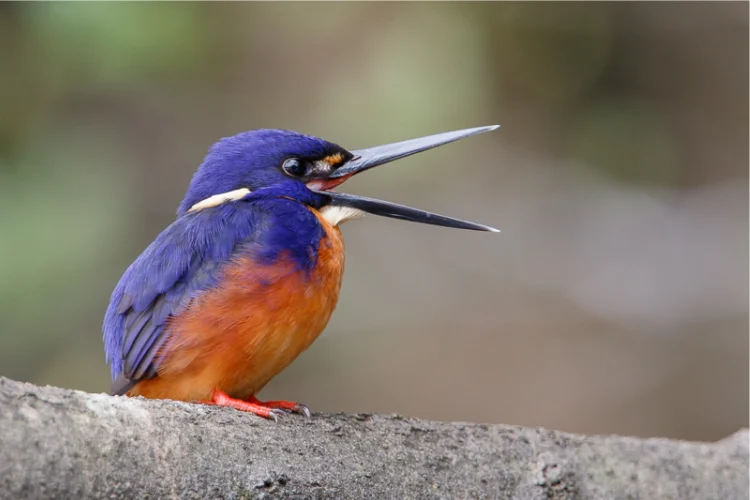
Found along the banks of slow forest streams and mangroves from India to New Guinea, the electric azure plumage of the aptly named Azure Kingfisher is simply spellbinding. Both sexes share this spectacular coloration, complemented by a clean white collar band. This diminutive hunter demonstrates incredible agility in plunge-diving for fish and aquatic prey.
2. Blue Mockingbird
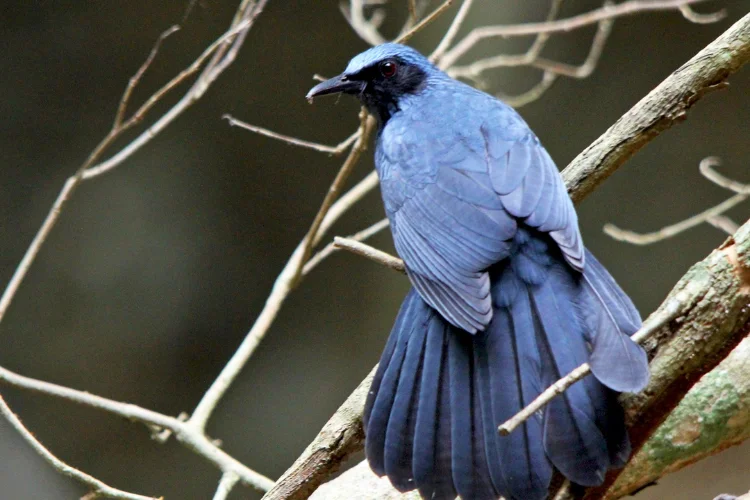
The vibrant blue plumage of the Cuban endemic Blue Mockingbird sets it truly apart as a Caribbean avian gem. Males and females share an intense azure coloration across their entire bodies and wings, with darker flight feathers and tails. True to its name, the mockingbird mimics the calls of other birds and even mechanical sounds! It inhabits forests and open woodlands.
3. Ultramarine Flycatcher
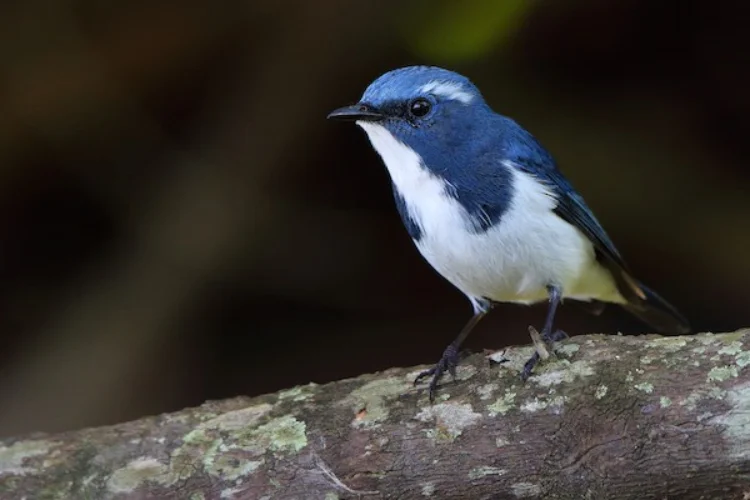
This appropriately dubbed flycatcher native to Southeast Asia lives up to its billing with spectacular ultramarine blue feathers cloaking both sexes. Usually encountered within dense broadleaf evergreen forests, this reclusive species tends to actively avoid human presence. Reliably seen on their forest breeding grounds, their migration patterns remain a mystery.
4. Blue Tanager
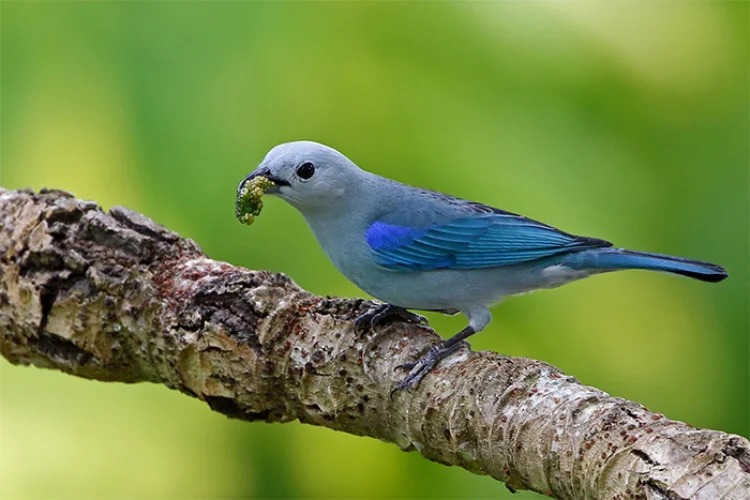
While the male Blue Tanager of Central and South America steals the show in glistening azure, the females make their mark with elegant olive-yellow plumage and blue-tinted wings and tail. Found in a variety of wooded habitats from Mexico to Argentina, these sociable songbirds travel the canopy in tight flocks while foraging fruit and insects.
5. Satin Bowerbird
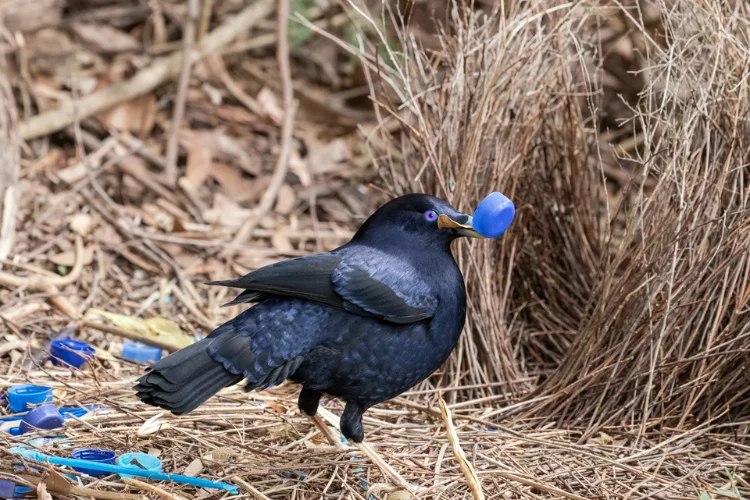
The uniquely iridescent plumage of male Satin Bowerbirds found in eastern Australia shimmers an incredible array of colors from violets and greens to blues depending upon light direction. To attract a mate, males build elaborate stick structure “bowers” and decorate courts with brightly colored fruits and objects in one of nature’s most astounding mating spectacles.
Blue Birds of Extreme Altitudes
Several rare and local bluebird species have adapted to make their homes in Earth’s most extreme landscapes – the high alpine zones. They contend with challenges like intense UV radiation, freezing temperatures, and gale winds. Hardy constitutions allow them to thrive in these inhospitable heights.
1. Mountain Bluebird
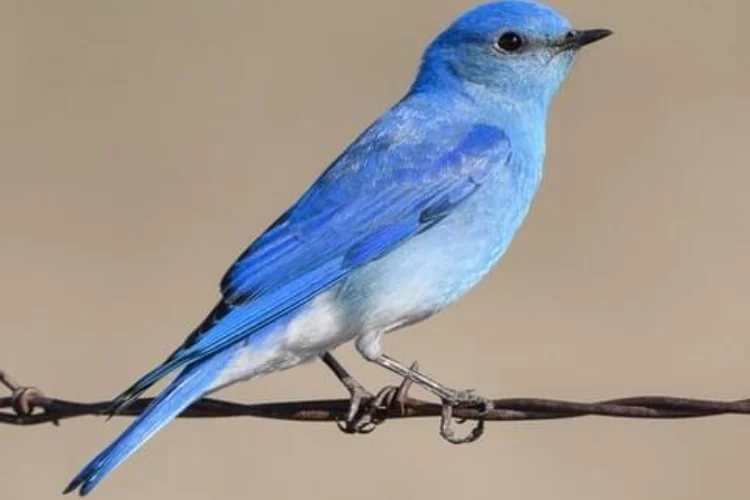
Already highlighted among North American species, the Mountain Bluebird deserves special mention for its resilience in wintering at high elevations of the Rockies before breeding amid mountain meadows and parklands bursting with summer wildflowers. They nest in crevices of cliffs or old woodpecker holes under harsh conditions.
2. Azure-naped Pitta

This striking endemic found only in the Philippines’s Luzon Island embodies shocking sky-blue set against emerald green, lemon, and black. It inhabits the cold mossy forests in high-elevation cordilleras up to 2700 m. The extent of its tiny range and habitat loss makes it an extremely threatened species. Agile feet aid its terrestrial lifestyle amid dense undergrowth.
3. Grandala
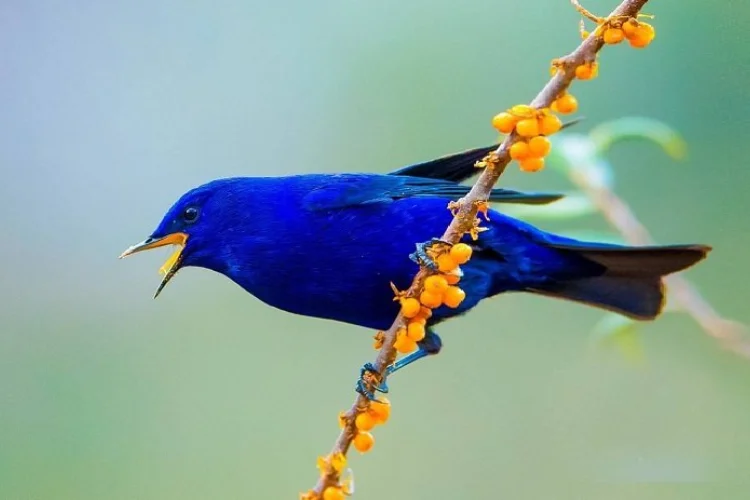
Called Asia’s only “true” skylark, the Grandala breeds only on the high alpine slopes of the Himalayas often above 4000 m elevation. While both sexes sport blue-gray plumage, the male’s white-tipped tail sets it apart. Highly gregarious, they congregate in large flocks that comb wind-swept terrain in search of minute seeds and insects.
4. Azure Pipit
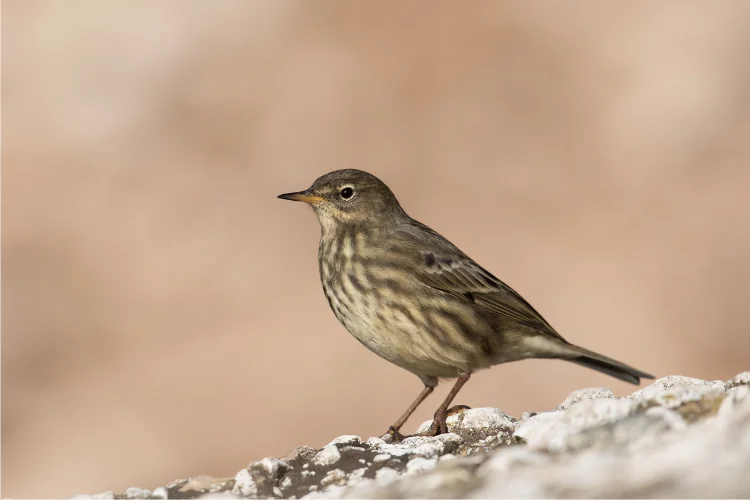
This aptly named high Himalayan breeding endemic bears an intense azure livery across the body contrasted by a cinnamon-buff underside. Found breeding at 2500+ m elevation during summer, it migrates downslope for winter. A highly acrobatic flier, the pipit performs dramatic song flights, soaring upwards before cascading back down singing.
Conservation Concerns for Avian Rarities
Many spectacular bluebird species with restricted distributions and specialized requirements face grave threats to their limited populations. Habitat loss from development, farming, and logging along with climate disruption increasingly jeopardize their survival. Several classified as threatened or endangered struggle on the brink of extinction.
The Blue-bearded Helmetcrest, a queerly crested hummingbird restricted to a small zone of highland forest in Colombia faces deforestation. Likewise, the vibrant Azure-rumped Tanager, holding out in one vanishing Brazilian Eucalyptus woodland, needs emergency conservation intervention. In Southeast Asia, Mrs. Hume’s Pheasant and Green Peafowl suffer hunting pressures and appropriation of their lowland rainforest and grassland habitats.
Even more wide-ranging bluebird species of conservation concern like the Cerulean Warbler contend with excessive habitat fragmentation across their breeding ranges. Partners in Flight estimates Cerulean Warbler numbers crashing almost 70% in 40 years. And the familiar eastern breeding Bobolink, a long distant migrant wintering in South America, faces perils at both ends of its epic journey.
Many blue bird species worldwide warrant more robust monitoring and habitat protections. Backyard birders can also lend help by providing vital food sources, nest sites, native plantings, and collaborating with citizen science breeding bird surveys. With care and commitment, their flashing hues will continue to brighten the skies for generations.
Final Thoughts
This global survey of top bluebird species paints a portrait of nature’s artistry, evolutionary ingenuity, and interconnectedness. We discover parallels – how similar cerulean colors evolved to meet specialized needs from New World buntings to Central Asian pittas. And we uncover hidden complexities – a Blue Jay’s role in distributing nuts benefits entire ecosystems while an hourglass-marked Azure Kingfisher redeems mangroves.

